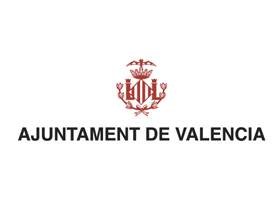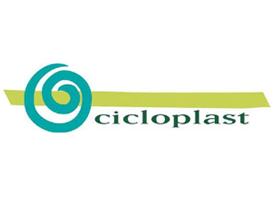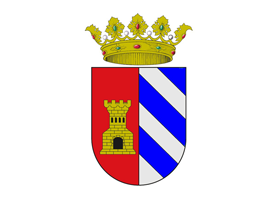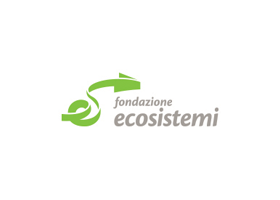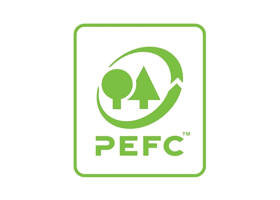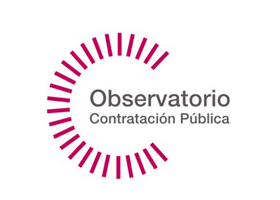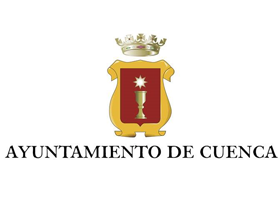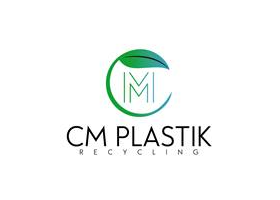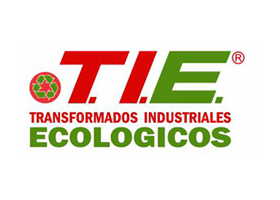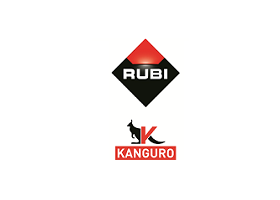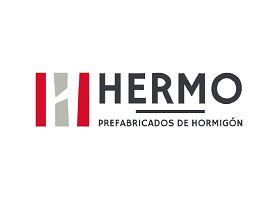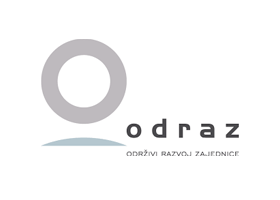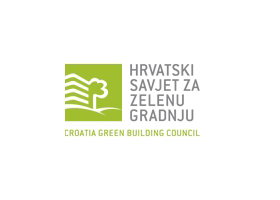In this section, you can access to the latest technical information related to the FUTURE project topic.
Performance of UHMWPE laminates against oblique penetration of projectiles.To solve the problem of the wall panel of high?performance shelters protecting against the oblique penetration of projectiles, ballistic experiments were carried out with ultra?high molecular weight polyethylene (UHMWPE) laminates subjected to normal penetration by high?velocity projectiles, and the deformation and failure characteristics of UHMWPE laminates were analyzed. The numerical model of the resistance of UHMWPE laminates against penetration of projectiles was established by using the finite element program LS?DYNA. The validity of the numerical model was verified by the experimental results of damage morphology and the depth of depression of the target plate and the deformation of the warhead. On this basis, the ricochet angle and failure mode of the UHMWPE target plate against projectile penetration were studied numerically, and the impact of the angle of incidence on the residual kinetic energy and normal penetration displacement of the bullet, as well as the damage morphology of the UHMWPE target plate, was revealed by using simulation. The results showed that the ricochet angle of the bullet obliquely penetrating into the UHMWPE target plate was in the range of 45? to 50?; at the initial stage of projectile penetration, the shear fracture failure of the fiber layer mainly occurred at the striking face of the UHMWPE target plate. Under the impact of the warhead deformation, with the reduction of the residual velocity of the bullet, the failure mode gradually changed to the tensile and interlaminar cohesion failure of the fiber layer near the back face; When the angle of incidence was greater than the ricochet angle, the residual kinetic energy of the projectile increased slowly with the increase of the angle of incidence of the bullet and then went up approximately linearly; the normal displacement of the bullet obliquely penetrating into the UHMWPE target plate decreased slowly after reaching the peak, and the peak value of the normal penetration displacement decreased gradually with the increase of the angle of incidence, and the time to peak of the displacement shortened gradually. The damage area of the bulge on the back surface of the UHMWPE target plate after penetration decreased gradually with the increase of the angle of incidence. The research results can provide a theoretical reference for the application of UHMWPE laminates in the design of military bulletproof shelters and armor.

» Publication Date: 12/02/2024
» More Information
« Go to Technological Watch


